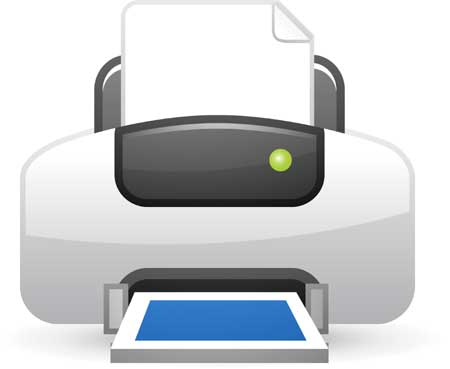Business
DOCUMENT-RELATED RISKS

Control your print and you control your document-related risks, states Simon Hill fromNuance Communications. Here, he explains how
Banks and financial services companies operate in a frenzied marketplace where competitors are threatening to steal market share, regulators and the media are looking for the slightest compliance missteps and operating budgets are being cut by the day. Streamlining and tightening processes is one way for these organisations to improve their position and face these challenges with confidence and strength.
Customers’ information is at risk every time a finance-related paper document or electronic information is created, scanned, copied, printed, faxed or emailed. Due to the abundance of paper in the loan origination and mortgage processing process, there are numerous opportunities for information to be compromised as well as information that is missed – all leading to an increase in cost, not only in money and time, but in fines from government regulations, for every document that is compromised.
Complexity invites mistakes
Though online and mobile banking have demonstrated significant progress toward paper-free processes, they have been slow to break the pervasive reliance on paper and manual tasks in mortgage or loan processing. The complexity, errors and delays inherent in paper-based financial processes are key contributors to customer dissatisfaction and attrition.
In fact, security vulnerabilities and potential compliance problems exist at every information touch point. They exist in analogue fax machines, that lack activity logging and in unsecured digital MFPs that copy, print, scan and fax documents, or store images, retain email addresses, network and user IDs and even passwords in memory. And can occur with inn mobile devices from which information can be accessed, shared or printed.
In the absence of user authentication, audit trails or other security controls, each device, document and action presents a point of vulnerability where a document can be accidentally misdirected or compromised.
Complex challenges require intelligent solutions
Addressing this challenge needn’t present a burden to financial institutions. From a print or capture perspective, there is software that can collaborate effectively with modern MFPs to meet the requirements for security, integrity and confidentiality of customers’ information.
For example, when using combined hardware and software, user authorization is provided through passwords or smartcard authentication, assuring that only authorized staff can access specific devices, network applications and resources. Network authentication is seamlessly integrated with document workflow, ensuring optimal security.
A solution to a financial institution’s problems can be found by using Nuance Document Finance Solutions, a complete package of print, capture, and mobile technology that addresses all the pains experienced by the institution. It eliminates the drag and exposure of paper by allowing banks to digitise all the paper required in lending, from origin to maintenance. At the same time, it adds a layer of security and control to electronic information and the output of required paper documents, increasing visibility into loan processes for customers and employees. Replacing manual processes with secure and automated workflows, Nuance Document Finance Solutions enable banks to capture documents at the point of service, connect branch activity with centralized operations, minimize the chance of human error, reduce the risk of compliance violations, promote customer cross-selling and retention and significantly lower operating costs.
Nuance Document Finance Solutions extend this same level of security to mobile devices, allowing bankers to create, receive, access, route and output documents from smart phones and tablets. Secure completion of forms on mobile devices, including electronic and digital signatures helps to eliminate the need for paper.
Today, Allied Irish Bank is already using such a system to good effect. Nuance Document Finance Solutions enhanced the Bank’s document security by providing confidential printing through a single swipe-card, which prevents print jobs from falling into the wrong hands. Security improvements aren’t the only benefits organisations receive from enhancing print processes. Switzerland’s Graubündner Kantonalbank enjoyed a 60 percent net reduction of electricity consumption following the deployment of a Print Management solution by eliminating wasteful print jobs that were never picked up.
Transforming the loan origination process to eliminate the delays, errors, costs and risks of paper and manual processes will therefore be key to a bank’s ability to gain control of their document workflows and better compete for, win, satisfy and retain customers.

-
Top Stories4 days ago
Dollar jumps, yen weakest since 1990 after strong U.S. retail sales
-
Business4 days ago
How Businesses Can Enhance Employee Work-Life Balance and Well-Being
-
Business3 days ago
docStribute appoints ex-Group CIO of Newcastle Building Society as Non-Executive Director
-
Technology3 days ago
How to Use AI to Optimize Customer Relationships







